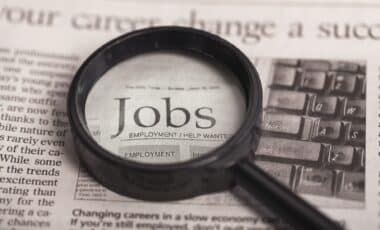Australia’s self-employed workforce is set to benefit from a major policy change by Westpac, one of the country’s largest banks. The new mortgage rules significantly reduce the financial documentation requirements for loan applications, with the aim of speeding up approvals and making home ownership more accessible for sole traders.
This change comes in response to a growing number of self-employed individuals applying for home loans. Westpac cites a 30 percent surge in applications from this segment, prompting the bank to reassess its lending criteria and ease the process for Australians whose income structures differ from traditional employment.
Reduced Documentation Requirements for Sole Traders
Previously, self-employed applicants were required to submit at least two years of financial records, including personal and company tax returns and official notices of assessment. These requirements often placed a heavy administrative burden on individuals operating small businesses or freelancing across various sectors.
Under the revised rules, Westpac will now require only one year of financial documentation from self-employed borrowers. This brings the requirements closer in line with those for salaried employees, who typically need to show just three months of payslips and related documents to demonstrate their borrowing capacity.
Addressing Barriers to Loan Approval
According to James Hutton, Managing Director of Mortgages at Westpac, the update aims to deliver a faster and more efficient loan experience. “By introducing a one-year income assessment, we are making the home loan process faster and simpler by requiring less documentation,” Hutton said. He added that this new approach provides a clearer view of a borrower’s recent business performance and current capacity to repay a mortgage.
Hutton acknowledged that self-employed individuals often face challenges when applying for loans because their incomes are considered more variable and may require additional verification compared to regular payslips. The streamlined policy intends to address this complexity without compromising the assessment of financial risk.
Broader Context Within Australia’s Workforce
Data from the Australian Bureau of Statistics shows that approximately 15.7 percent of working Australians are self-employed. This includes a wide range of occupations—from tradespeople and consultants to artists and digital entrepreneurs—many of whom operate under sole trader structures.
These individuals have historically struggled to secure competitive home loans due to inconsistent income patterns or the perception of higher risk. A recent study by Great Southern Bank revealed that 40 percent of self-employed people believe obtaining a mortgage is more difficult for them compared to salaried workers. The reasons most commonly cited include the complexity of documentation and the unpredictability of their income.
Westpac changes mortgage rules to benefit millions of self-employed Australians: 'Faster and simpler' https://t.co/v6IWJ9Y7L2
— Yahoo Finance Australia (@YahooFinanceAU) July 2, 2025
Industry Implications and Potential Shifts
Westpac’s policy change marks a notable shift in how major financial institutions approach lending to non-traditional workers. While the move is specific to Westpac, it may set a precedent for other banks to reassess their own documentation standards and risk evaluation frameworks.
The adjustment could also influence future loan products tailored specifically for freelancers and small business owners, particularly as flexible work arrangements and independent employment models become more common across Australia’s economy. Whether this change leads to broader reforms in mortgage lending remains to be seen, but it reflects an evolving understanding of the country’s changing workforce dynamics.









